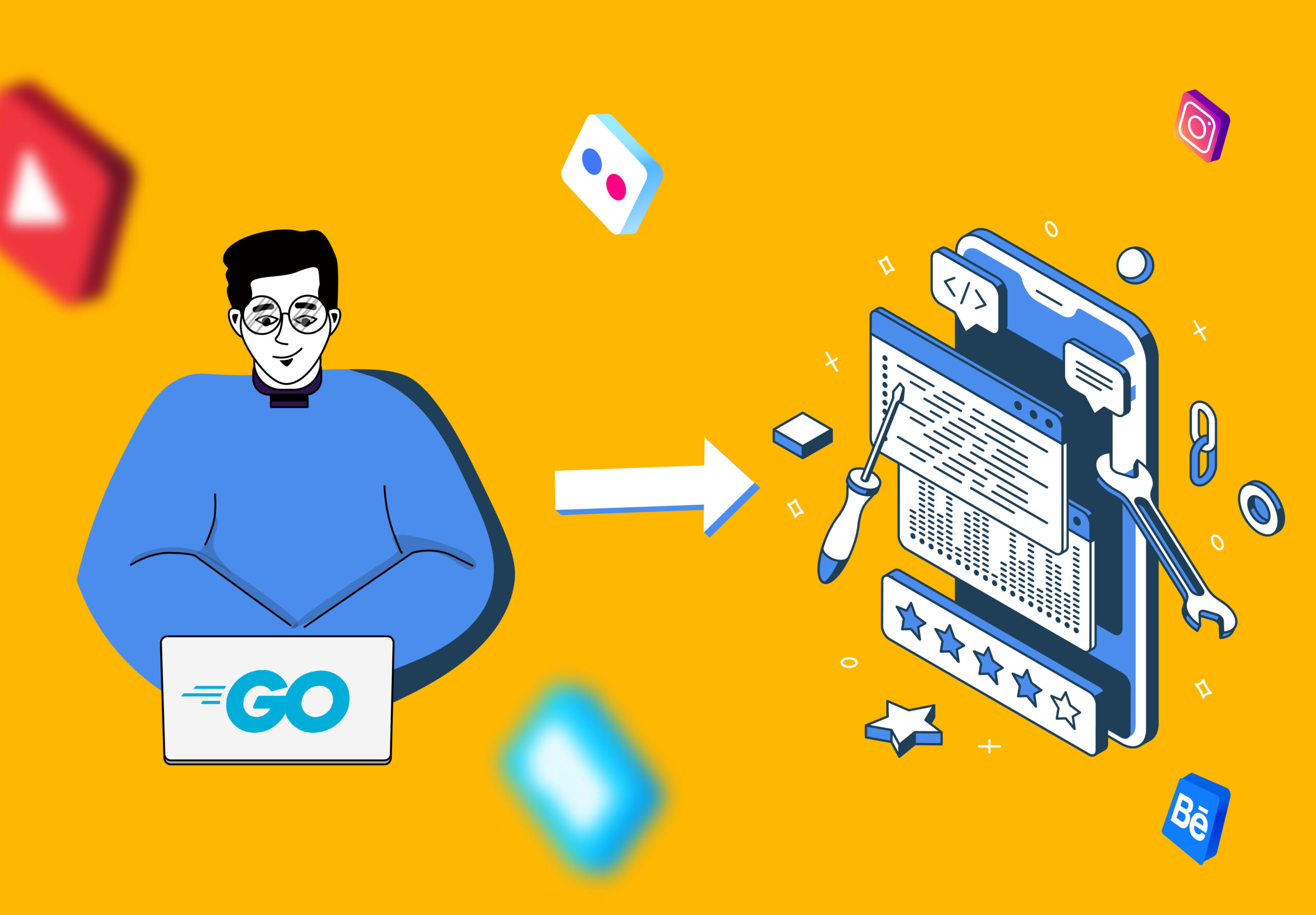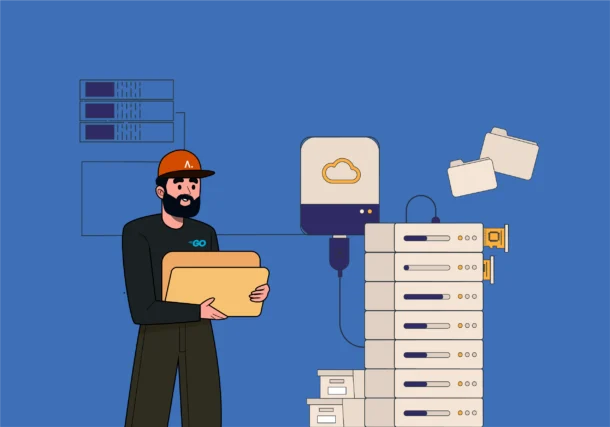Augmenting Developmental Efficiency through Golang and MongoDB Concordance
The blend of modern programming languages with cutting-edge data sets delivers an ensemble of productivity and creativity in the powerful field of software development. Among these ideal pairings, the Golang with MongoDB combination stands apart as a crescendo, offering more proficient development Augmenting Developmental Efficiency through Golang and MongoDB Concordance as well as a principal change in how applications connect with data. Welcome to “Golang MongoDB Integration for Efficient Development,” an examination where data and code collide and development magnificence turns into a work of art. 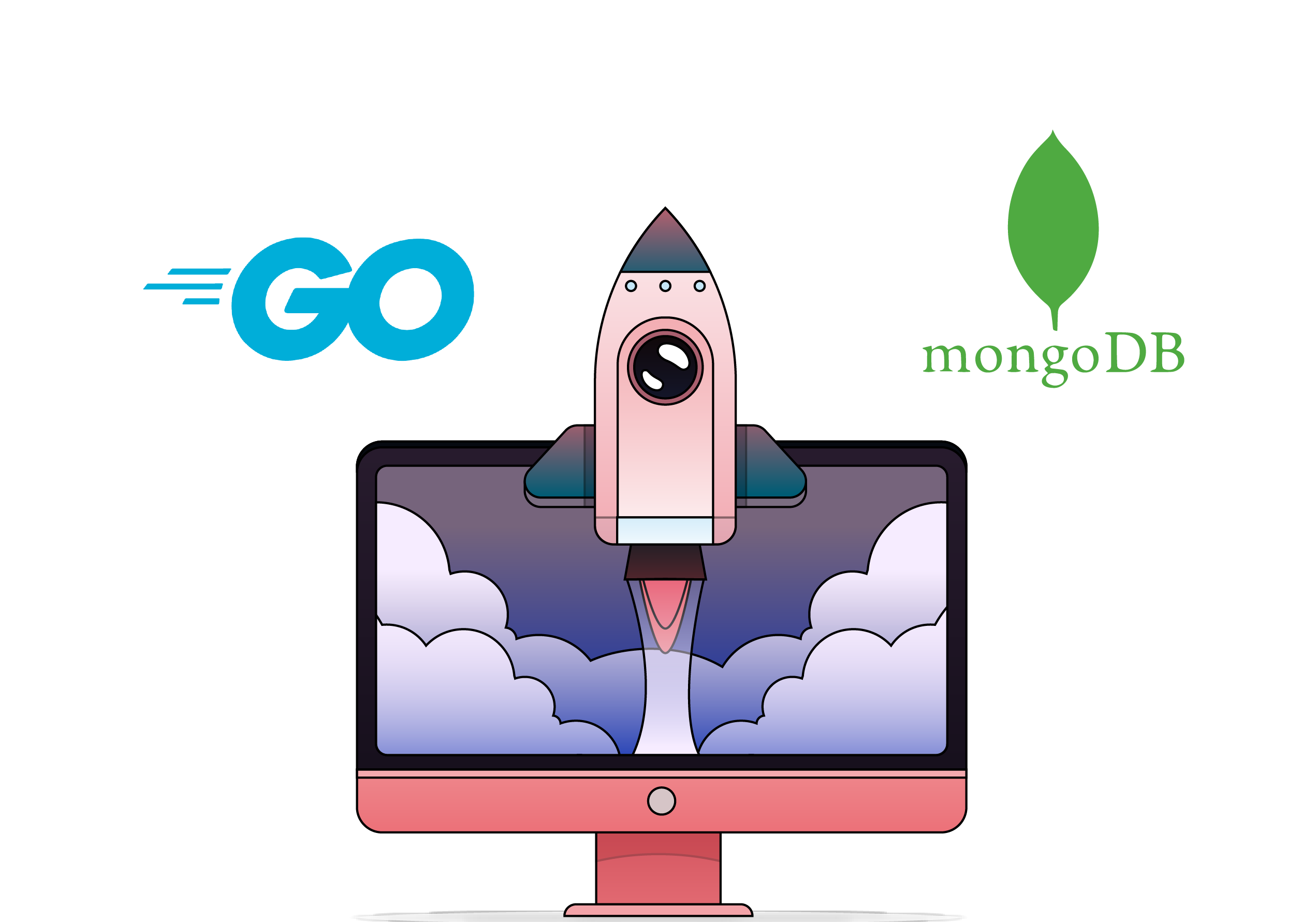 Envision Golang, the language known for its speed and convenience, converges with MongoDB, the NoSQL database that is notable for its adaptability and flexibility, as we set off on this experience. Together, they make up a unique pair that has the potential to completely transform the way developers design, produce, and enhance applications.
Envision Golang, the language known for its speed and convenience, converges with MongoDB, the NoSQL database that is notable for its adaptability and flexibility, as we set off on this experience. Together, they make up a unique pair that has the potential to completely transform the way developers design, produce, and enhance applications.
This blog fills in as your entry into the reality where the productivity of Golang and the versatility of MongoDB impact, where information is progressively accessed rather than just stored, and code is formed rather than just written. Come investigate the nuances of Golang MongoDB integration with us — an account of productivity, agility, and creativity that opposes customary development standards. This exploration guarantees experiences, best practices, and the fascination of a development journey that impeccably weds two technical titans, whether you are an enthusiast anxious to understand the intricacies of this strong coordination or a seasoned developer looking to expand your arsenal. Start the orchestra of code now.
Golang MongoDB, a Lettered Discourse on Symbiotic Technological Synergy
The statically typed, compiled programming language Go (also called Golang) is intended to be straightforward, effective, and simple to use. Go, a programming language created by Robert Griesemer, Rob Pike, and Ken Thompson at Google, places a strong emphasis on versatility, concurrent programming, and a clear syntax. Conversely, MongoDB is a notable NoSQL database that stores data in adaptable documents that resemble JSON. It is eminent for being user-friendly, adaptable, and versatile. Known as “Golang MongoDB,” the mix of Go with MongoDB is an intense stack for creating scalable and powerful applications. Go is a superb decision for developing concurrent applications, microservices, and backend services because of its proficiency and simplicity. Its dependability and productivity are ensured by its statically typed structure, and its clear syntax makes the code simpler to read. MongoDB offers a flexible, schema-less data model that upgrades Go’s capacities.
Complex structures can be effectively addressed because of the BSON (Binary JSON) format in which the data is stored. Due to its automatic sharding and horizontal scalability, MongoDB is appropriate for high-throughput applications and massive data volumes. Developers can take advantage of the official MongoDB Go driver, a native Go driver that offers a smooth interface for working with MongoDB databases, while using Golang and MongoDB. The driver works with various MongoDB functionalities, like aggregation, indexing, and transactions. The performance enhancements made conceivable by Go’s powerful concurrency model and MongoDB’s ability to distribute data across clusters are among the primary advantages of combining Golang with MongoDB. Along these lines, the crossbreed is particularly appropriate for creating microservices, APIs, and versatile web applications.
Illuminating the Path on How to Artfully Harness Golang with MongoDB
Utilizing the official MongoDB Go driver, Go MongoDB applications can interface with the NoSQL database as a feature of the integration process. Using the “go get” command, install the MongoDB Go driver first to empower smooth communication between the Go source and MongoDB. To interface with the MongoDB server, a client should be created and fundamental connection parameters, similar to server addresses and login credentials, should be provided. Throughout this strategy, Go’s inherent productivity and simplicity appear on the other side, simplifying the reconciliation. Upon connection, an assortment of database functions, for example, 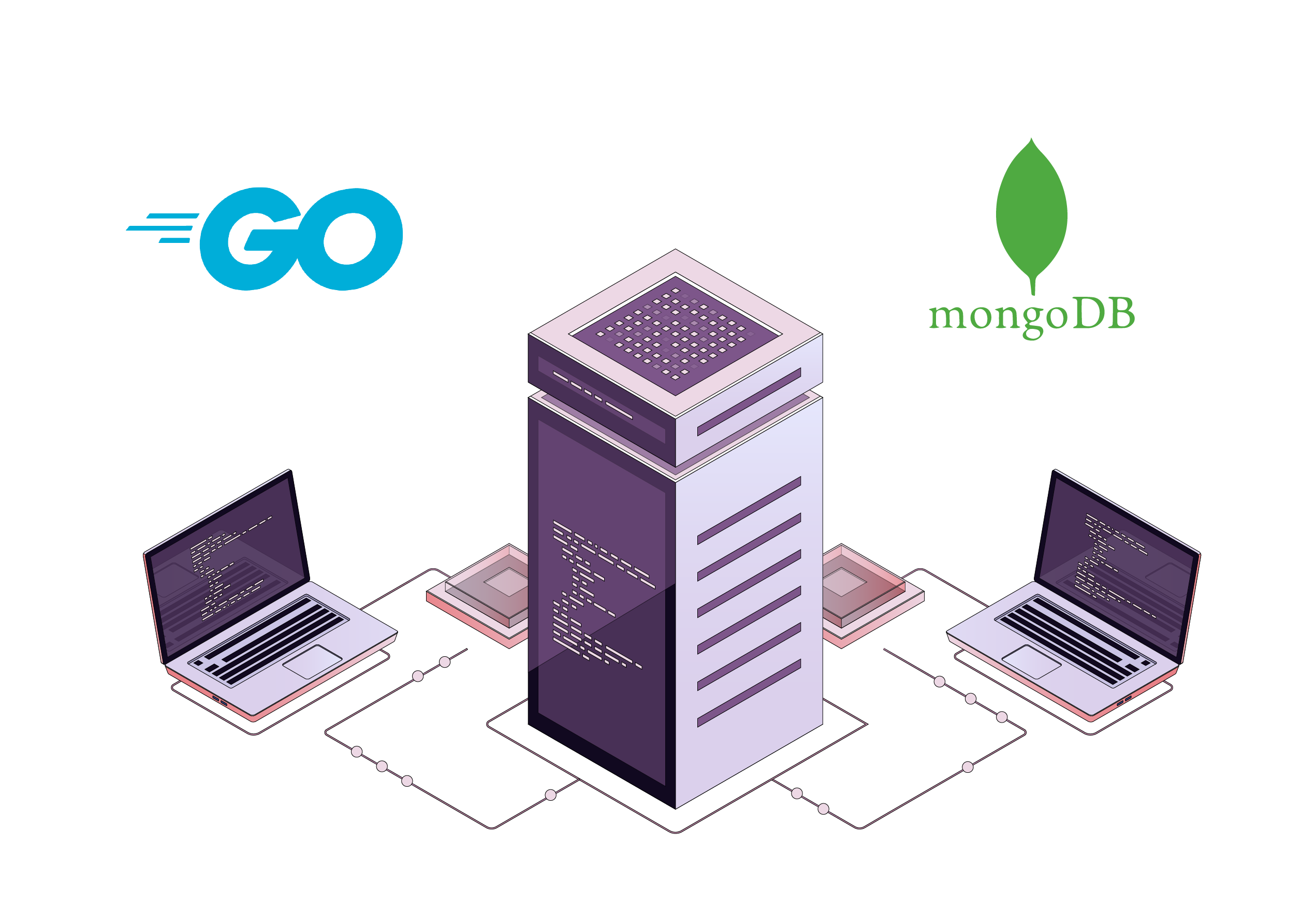 document adding, updating, and querying, become conceivable. Go’s struct types are fundamental for communicating MongoDB documents since they make data conversions between the Go program and the MongoDB database easier. Go’s robust type system assists with making strong applications, and hearty blunder taking care of is fundamental to keeping up with the codebase’s constancy.
document adding, updating, and querying, become conceivable. Go’s struct types are fundamental for communicating MongoDB documents since they make data conversions between the Go program and the MongoDB database easier. Go’s robust type system assists with making strong applications, and hearty blunder taking care of is fundamental to keeping up with the codebase’s constancy.
Go’s concurrency and effectiveness properties are utilized in the reconciliation of Golang with MongoDB, furnishing a smooth method for working with MongoDB, a popular NoSQL database that is known for its versatility. This blend is particularly useful while creating applications that need to proficiently deal with and process a lot of information. Eventually, by consolidating the upsides of the two technologies, Go and MongoDB empowers developers to create scalable, high-performance apps.
A Tactical Blueprint for Connecting Golang Applications with MongoDB
There are a few stages involved with setting up a seamless communication between the Go code and the MongoDB database while interfacing a Golang application to the database, emphasizing the integration of MongoDB with Golang. Utilize the “go get” command to start installing the official MongoDB Go driver. Install “context,” “go.mongodb.org/mongo-driver/mongo,” and “go.mongodb.org/mongo-driver/choices.” Then, import these packages into your Go code. Then, initialize a MongoDB client using connection parameters. Make a client object and indicate the connection string, which contains the database name. To ensure a strong connection, it is imperative to address any potential flaws during this process. Utilize the “Connect” technique to associate with the MongoDB server after the client has been initialized. To forestall any delays, set a timeout and deal with the connection’s life expectancy utilizing the “context” package.
After connecting, explore the selected collection and MongoDB database. Name the collection and database appropriately. When these associations are laid out, you might work with the MongoDB data utilizing CRUD (Create, Read, Update, Delete) operations. Depending on the situation, insert, get, update, and eliminate documents utilizing the MongoDB Go driver’s techniques. At the point when the application has completed the process of interacting with the database, the MongoDB connection genuinely must be shut down to safeguard productivity and resource management. To end the connection courteously and release any resources that were assigned, utilize the “Disconnect” method.
Installing the MongoDB Go driver, setting up a client, connecting, getting to the database and collection, doing CRUD activities, and finally ending the connection to ensure appropriate resource management steps in the integration process of a MongoDB with Golang. After these steps, it empowers seamless data storage and retrieval capacities for your Golang application with MongoDB.
Unmasking the Arcane Potential of Golang & MongoDB through Thrilling Tips
Golang (Go) and MongoDB function admirably together to make applications that are both versatile and effective. Here are a few Golang MongoDB best practices to assist you with getting more out of involving these technologies for development. Use Goroutines related to Go’s built-in concurrency architecture to make exceptionally parallelized and concurrent systems. To work on the overall performance of your program, use goroutines to complete multiple operations at once. Use indexes insightfully to further develop MongoDB queries. 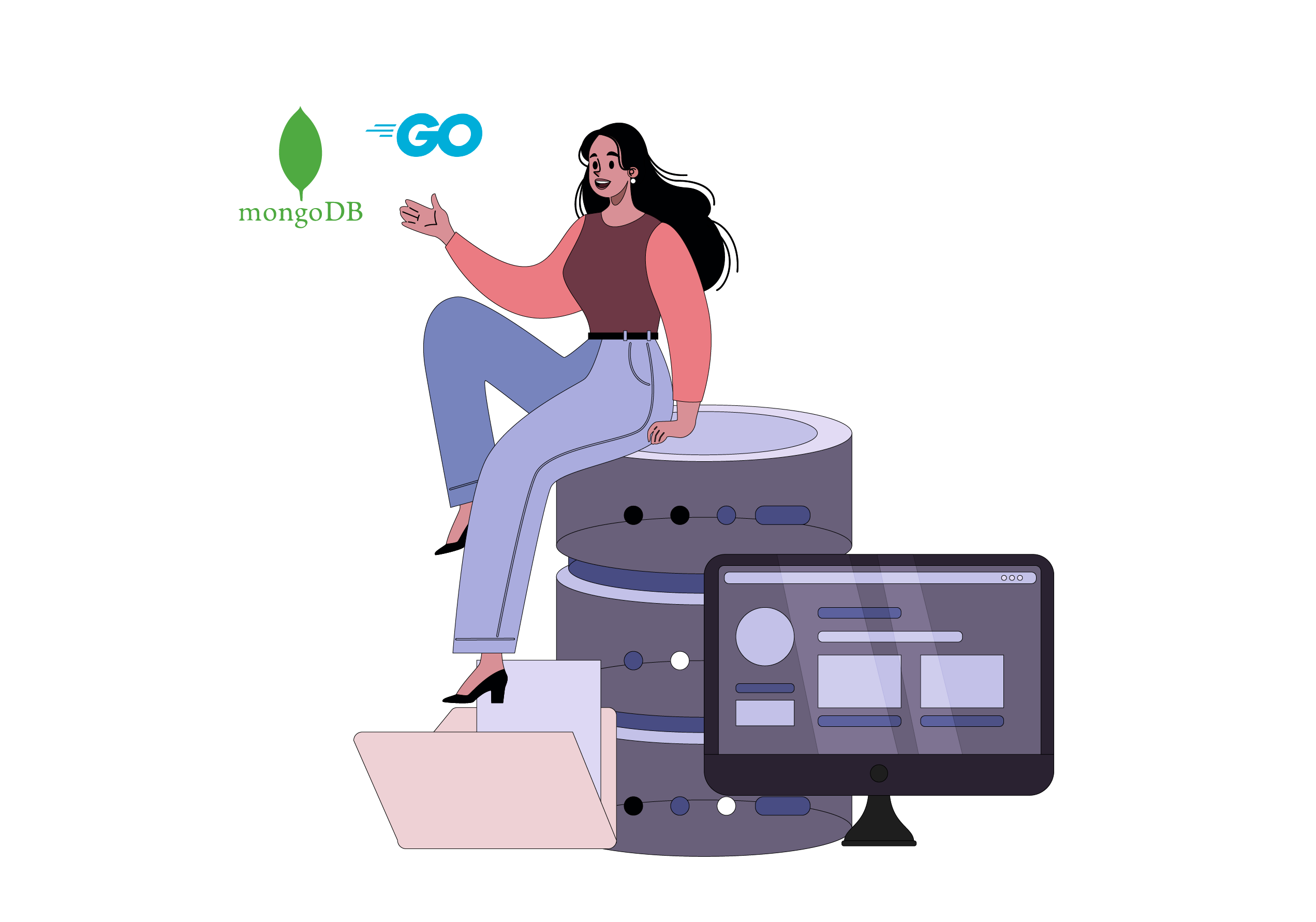 Recognize the several kinds of indexes that MongoDB offers, including unique and compound indexes, to further develop query performance and expedite data retrieval. Data is stored in MongoDB in the BSON (Binary JSON) format. Use BSON for effective data encoding and deciphering to minimize document sizes and upgrade serialization and deserialization capacities.
Recognize the several kinds of indexes that MongoDB offers, including unique and compound indexes, to further develop query performance and expedite data retrieval. Data is stored in MongoDB in the BSON (Binary JSON) format. Use BSON for effective data encoding and deciphering to minimize document sizes and upgrade serialization and deserialization capacities.
Handle situations well in Proceed with managing timeouts, cancellations, and deadlines in MongoDB activities. Better command over the application’s resource management and execution flow is guaranteed by doing this. To oversee and reuse database connections, use connection pooling. This diminishes the overhead by making new connections for each database operation, which upgrades the responsiveness of the application. Utilize the official MongoDB Go driver (Mongo-go-driver) for best execution and easy integration. Keep current with the latest driver releases to take advantage of the enhancements and new highlights. Give your Go MongoDB code strong error-handling features. This ensures graceful decline and works with the early discovery and resolution of problems.
Weaving Go and MongoDB into the Intricate Fabric of Diverse Technological Realms
Consolidating Go and MongoDB with different technologies can produce a software stack that is both reliable and effective. With its ease of use, support for concurrency, and strong execution, Go is an extraordinary programming language for making versatile systems. Go’s user-friendliness is upgraded with the NoSQL database MongoDB, which offers adaptable data storing retrieval and recovery highlights. Through the use of the official MongoDB Go driver, developers may handily speak with the database while joining Go MongoDB. By using Go’s built-in concurrency features, numerous database operations can be taken care of simultaneously, working on the speed of the application overall.
Additionally, this stack can be made more capable by adding other technologies. For instance, you can quickly construct RESTful APIs with a lightweight web structure like Gin or Echo with Go, and you can further develop the UI with a front-end framework like React or Vue.js. Productive deployment and versatility are worked with by Kubernetes orchestration and Docker containerization. Application security can be reinforced by consolidating HashiCorp Vault with Go’s built-in cryptography libraries. Besides, involving GraphQL for data querying can offer a more powerful and adaptable substitute for conventional REST APIs. These Golang MongoDB best practices form a powerful and versatile stack suitable for developing feature-rich applications.
Ascend to MongoDB Golang Integration Nirvana with Pattem Digital
Pattem Digital can make reliable and powerful applications by using the capacities of Golang MongoDB integration. The statically typed language Golang, is prestigious for its convenience, speed, and support for concurrency, which makes it an extraordinary choice for developing scalable software. Our Golang development company is best at offering unequaled services, joining technical expertise, proficiency, and innovation. Our team of skilled developers makes inventive solutions by exploring the complicated universe of Golang. The result is customizable, versatile, and performance-driven applications that surpass industry principles and take your digital ambitions to new heights.




